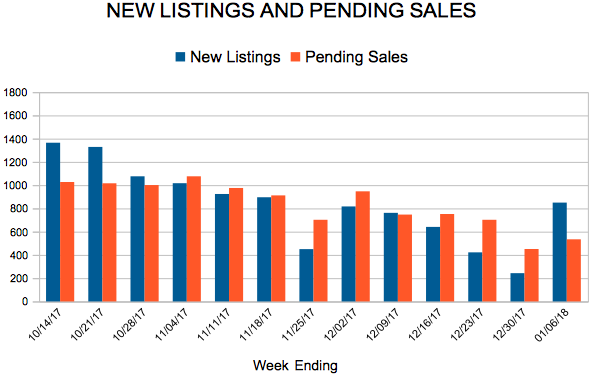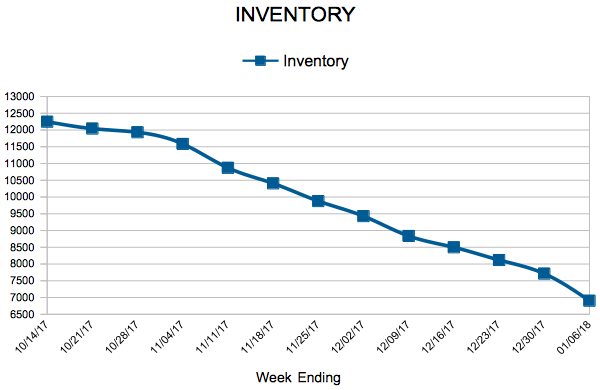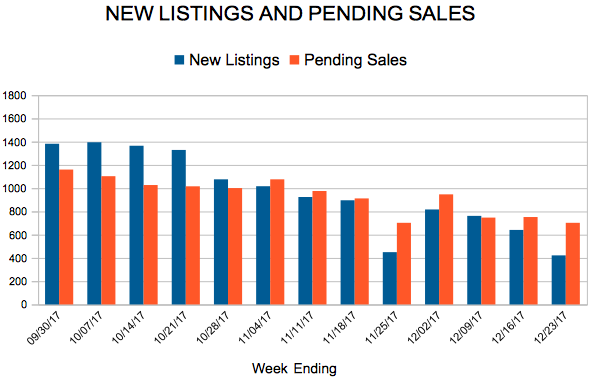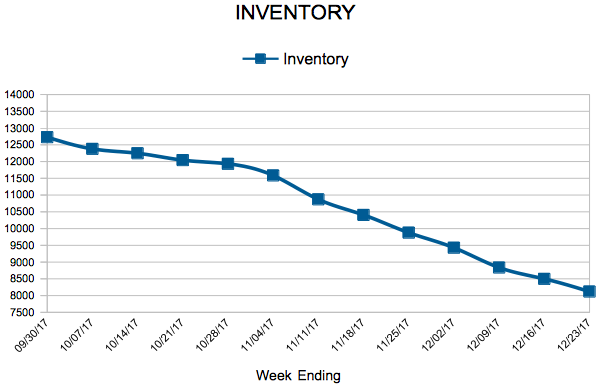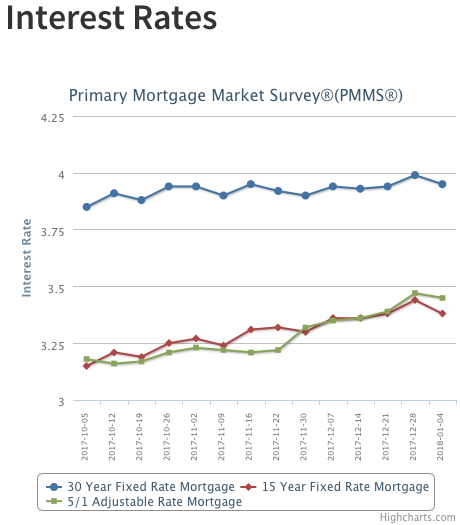
The U.S. weekly average for the 30-year fixed mortgage rate rose above 4 percent for the first time since last summer to 4.04 percent in this week’s survey. This is the highest weekly average for the 30-year fixed rate mortgage since May of 2017. Inflation is firming, the Federal Reserve’s Beige Book indicates broad-based economic growth and labor markets are tightening. This means upward pressure on long-term rates, like the 30-year fixed-rate mortgage, is building.

